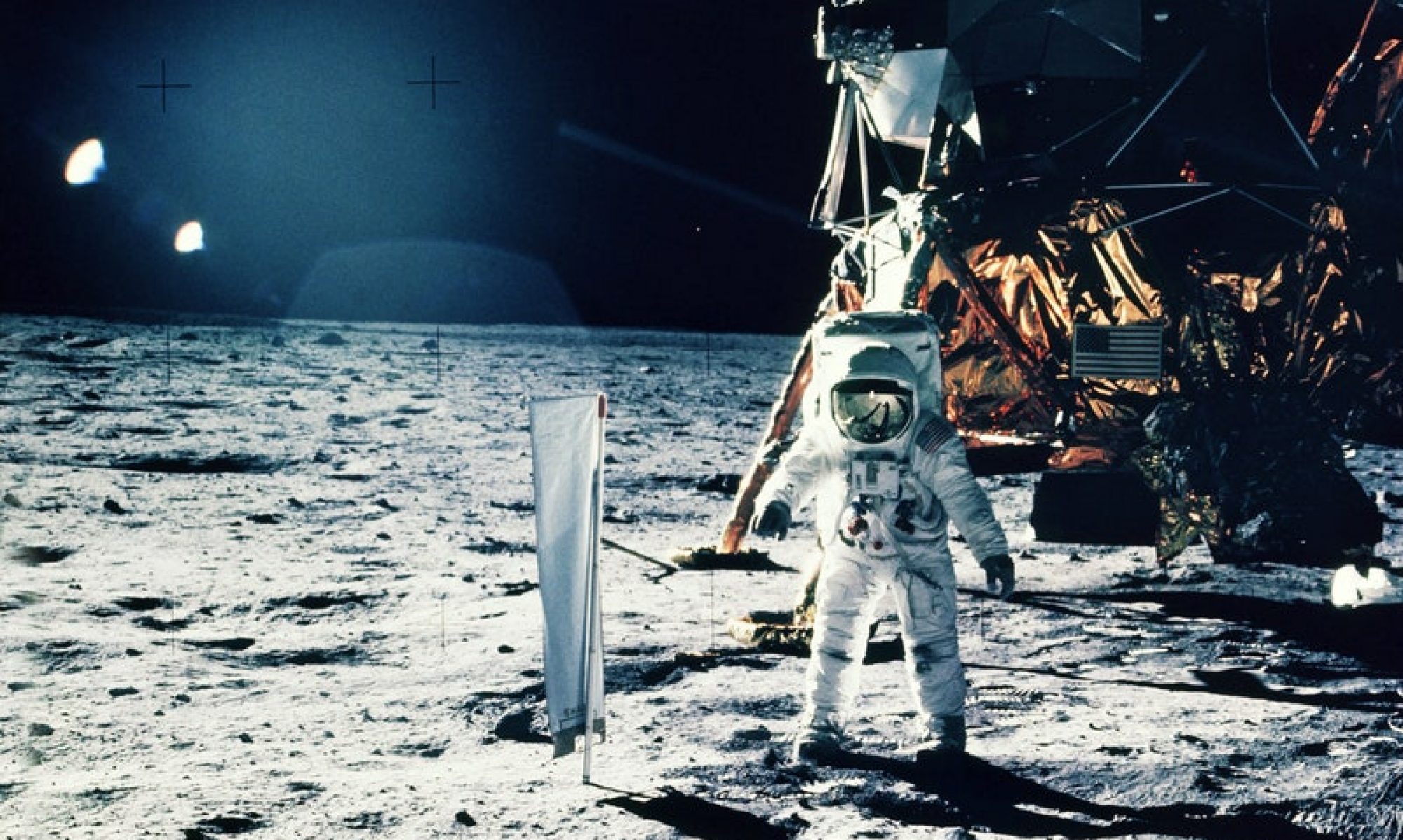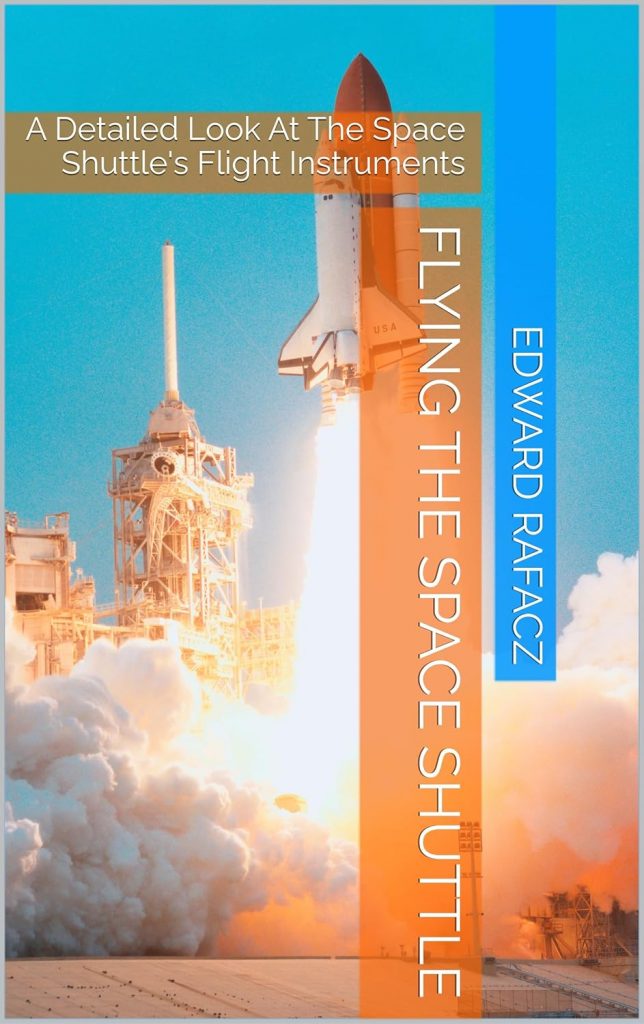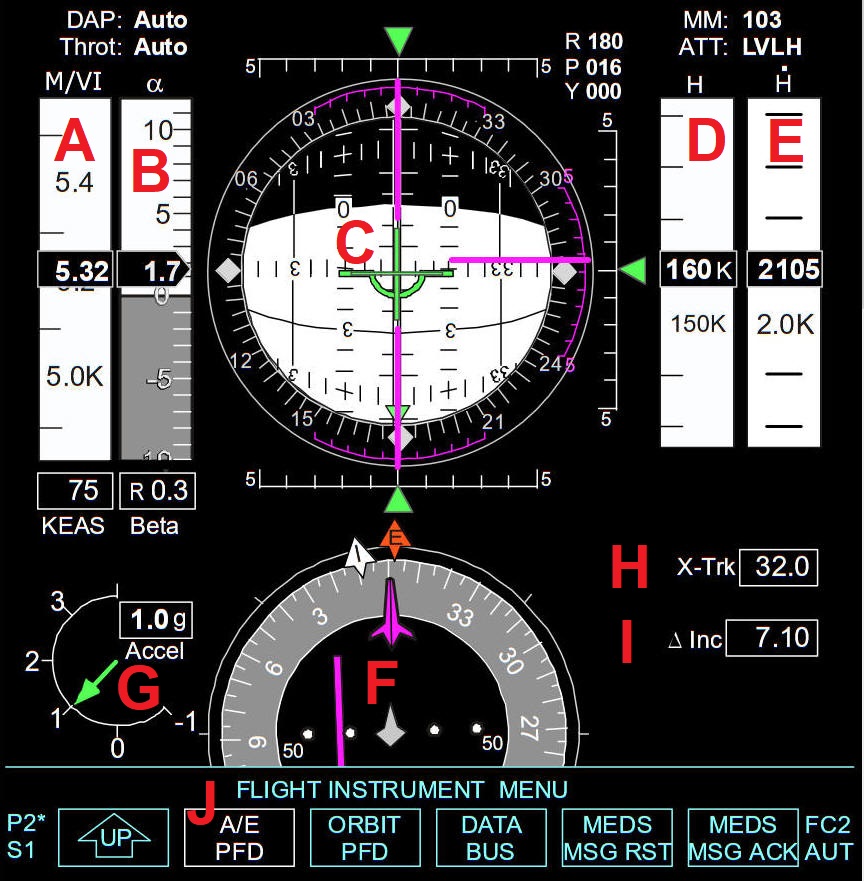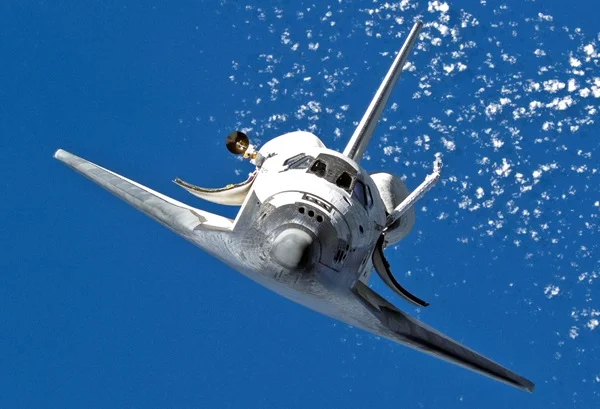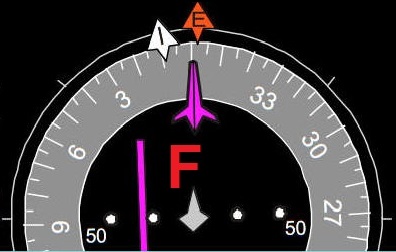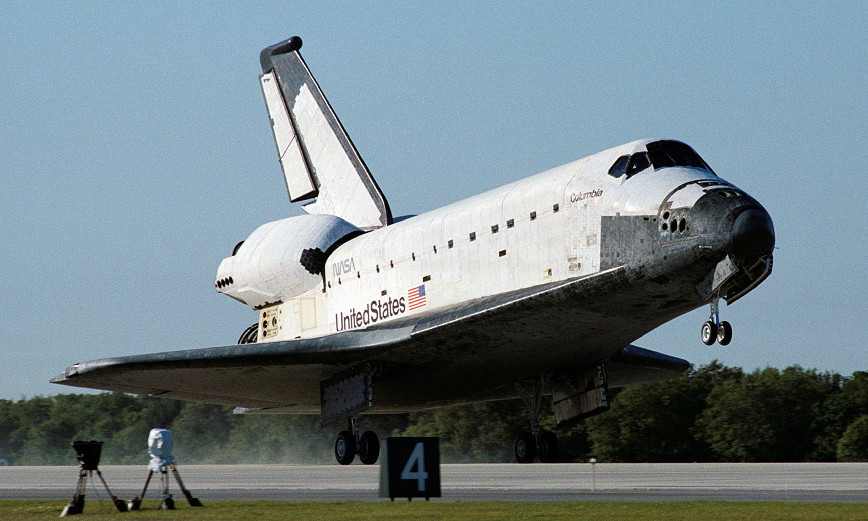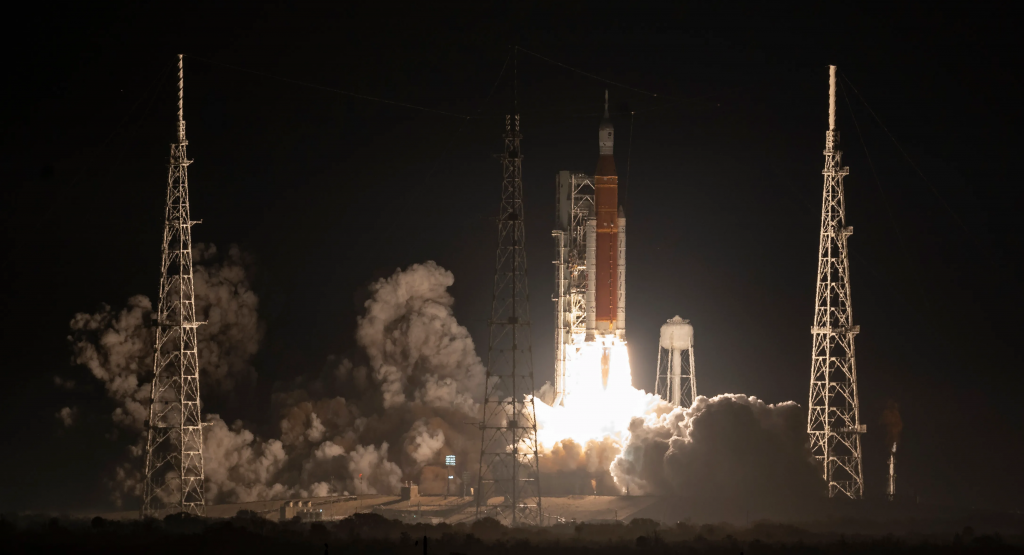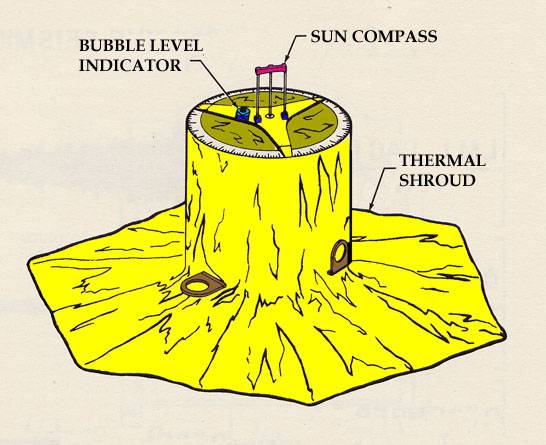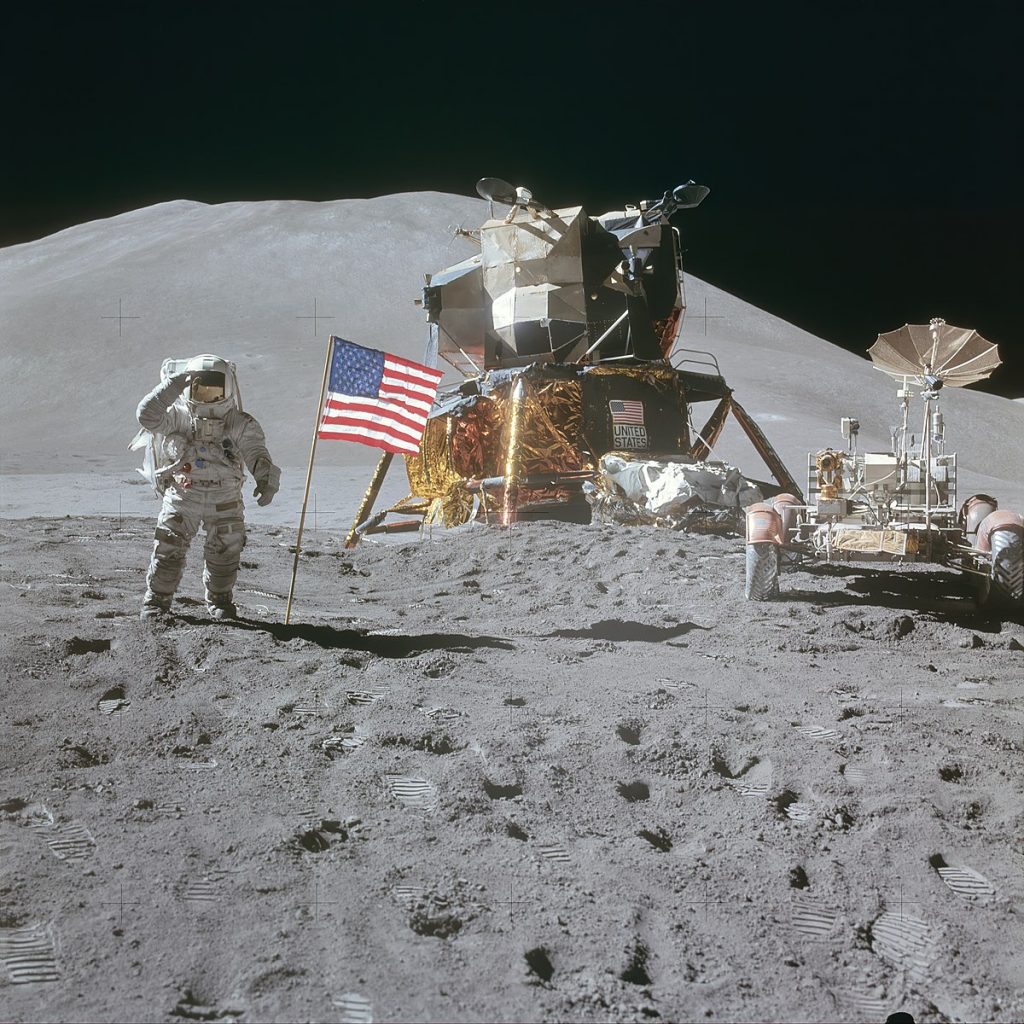Best Free Flight Simulator for your Smart Device: Learn to Fly with X-Plane Mobile
If you’ve ever dreamed of flying an airplane, you don’t have to wait for flight school or spend thousands of dollars to begin your journey. Thanks to the X-Plane Mobile Flight Simulator, you can start learning the fundamentals of flying right now—completely free—on your Smart Device. This isn’t just another casual game. It’s one of the most powerful and realistic learn to fly apps available today, designed to make aviation accessible for everyone. Here’s how
How to Download the Free Flight Simulator for Smart Devices
- Go to Apple App Store or Google Play Store
- Search X Plane
- Download App
Airplane Flight Control Basics
How to Land an Airplane
More Flight Instruction to come. Check Back soon!
What makes X-Plane the best free flight simulator for iOS is how naturally it connects you to real flying skills. Using the intuitive features of your device, the simulator transforms tilts, taps, and swipes into authentic cockpit actions. Tilt your smart device like a control yoke to bank into a turn, push the throttle forward on your screen to accelerate, or adjust the flaps for landing with just a swipe. It feels natural, immersive, and—most importantly—educational.
Unlike many mobile flight games, X-Plane Mobile doesn’t just throw you into the sky without guidance. Instead, it offers structured flight training scenarios that break down the essential parts of flying. You’ll start with simple lessons like takeoffs and climbs, then move into practicing straight-and-level flight, approaches, and smooth landings. Each step is designed to teach you real-world piloting skills while keeping the experience fun and engaging.
These lessons are more than just exercises—they’re aviation fundamentals. You’ll learn why airplanes stall, how trim keeps your flight steady, and why managing airspeed is critical on approach. In the process, you’ll start thinking like a pilot, developing the same instincts that real aviators rely on in the cockpit. That’s why so many student pilots and enthusiasts recommend X-Plane as the best way to practice flying on your Smart Device.
The freedom of having a flight simulator in your pocket means you can practice anywhere. Waiting at the airport? Fly a circuit. On your commute? Practice landings. At home on the couch? Explore new maneuvers. Whether you’re preparing for actual flying lessons, sharpening your skills, or just fascinated by aviation, this app gives you a training tool that fits into everyday life.
If you’re searching for the best free flight simulator for Smart Devices, X-Plane Mobile is the clear choice. It’s realistic, beginner-friendly, and built to teach—not just entertain. Download it today, and you’ll see how easy it is to turn your Smart device into a cockpit and take the first step toward learning how to fly.
